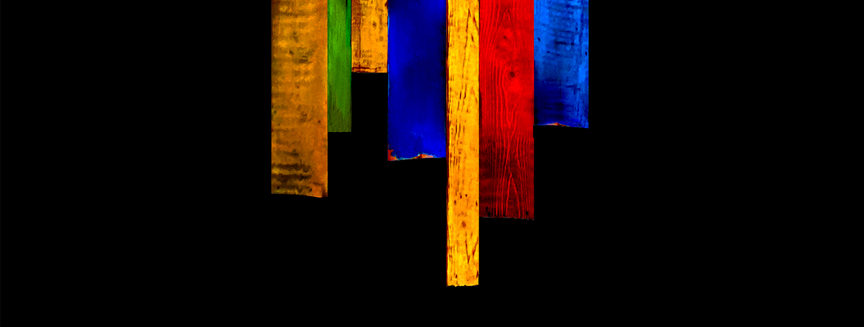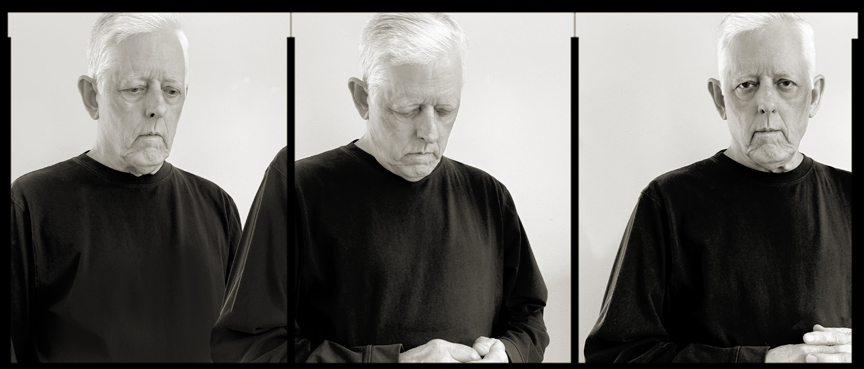

Short version. First, thanks to its compact design, the iPhone is always with you and second, its ability to capture extraordinary shots straight out of your pocket.
WRITTEN BY: STEVE HOLLOWAY
Having a camera with me all of the time is something I had tried (and failed) to do ever since I shot my first roll of film in the fifth grade. Getting my first iPhone solved that problem. Now I didn’t have to watch the perfect shot happen right in front of me while my camera was in the car or back at home.

Apple has done an outstanding job of integrating all the essential features needed to capture extraordinary shots straight out of your pocket. Focus, exposure control, low light photography, image stabilization, HDR (High Dynamic Range) image capture, Portrait Mode to control background blur and a three lens design that seamlessly take you from ultra wide angle to telephoto. Plus Live mode captures multiple images giving you options after the image is captured.
All controlled by Apple’s Bionic processor and their neural image processor Deep Fusion.
According to Apple “Deep Fusion uses advanced machine learning to do pixel-by-pixel processing of photos, optimizing for texture, details and noise in every part of the photo.”
And all you had to do was look at the screen and press the shutter.
These are the default settings on your iPhone. Settings you can change to fit your visual style. Or, if the shot is happening NOW, you can go ahead and shoot and still get something extraordinary.

This on-going series borrows from the long-practiced tradition of the self portrait to create tributes to photographers whose images have influenced how I work and how I tell a story with images. References portraits of and self portraits by the photographers

Self portrait. Richard Avedon tribute. References Avedon’s Chicago 7 and self portrait triptychs.


Jump to any Point of View how to guide, process deep dive or a pre iPhone portfolio plus how influences shape the storytelling process and a memoir that looks at the story behind the stories and to Nonlinear Content galleries and stories.

Introduction
Become a storyteller
Technology
- 02A Digital evolution.
- 02B Annie Leibovitz.
- 02C From Batman to the iPhone.
- 02D Henri Cartier-Bresson’s Leica.
- 02E Moving from film to digital to iPhone.
- 02F The self portrait series.
- 02G iPhone camera rigging.

- 03A Working with light.
- 03B The scout.
- 03C Shooting during the golden hour.
- 03D Photographing people.
- 03E Details, shadows, shapes and textures.
- 03F Plate shots and reflections.
- 03G Feed your passions.
- 03H People and food, two favorites.
- 03I On the road.
- 03J Wall art (it’s not what you think).
- 03K Transitional images.
- 03L Night photography.

- 04B Assemblages and abstractions.
- 04C Change the composition of an image.
- 04D Color correction vs color grading.
- 04E Create motion with Live Photo.
- 04F Resize images and retain detail.
- 04G Software and skill building resources.
- 04H On device apps.
- 04I Offboard resources.

- 05A Two key iPhone features.
- 05B Camera and light kit ideas.
- 05C Copied on iPhone.
- 05D Learning post production.
- 05E Designing with type.
- 05F Learning from cinema.
- 05G The three lens solution.




